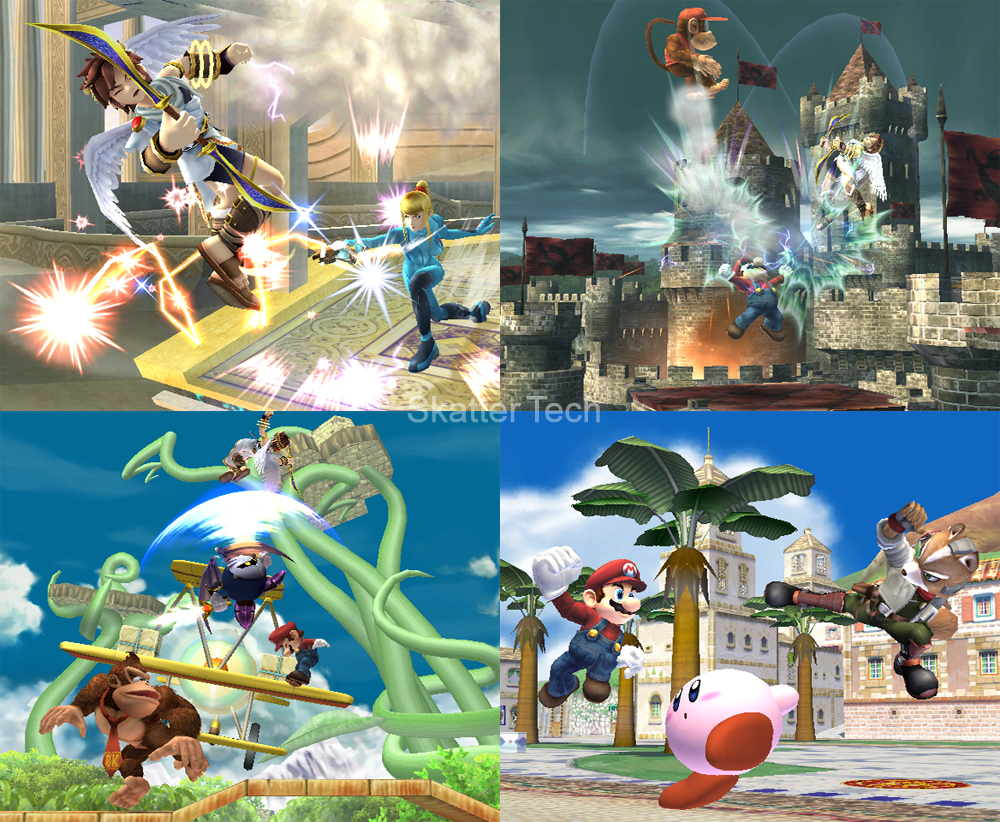

Samus can also be easily juggled because her fast-fall is still very slow and as a result of this her Momentum Canceling is poor and only makes her live slightly above average vertically despite being the seventh heaviest in terms of weight. On the downside, her slow fall speed also makes her recovery predictable and fairly easily edgeguarded. More importantly, her floatiness allows her to have an above-average recovery game. Staying in the air longer allows Samus to follow-up with other aerials given that many of her moves have low knockback, she can create all sorts of continuous strings of low-to-mid percent attacks, and it makes her edgeguarding game easier and safer. On the upside, her floatiness can be used to bolster her air game. This is both advantageous and disadvantageous. Samus has the third slowest falling speed in the game, behind Peach and Jigglypuff. Samus can be awkward to fight effectively with against the game's faster, more graceful characters, but with a good combination of long and short-range attacks, she can be deadly. She has very low kill power and high floatiness for her weight class. However, she is tall, which makes her easier to hit (a common problem amongst most of the game's heavyweights). Samus is heavy-weight and ranks in the middle of the speed-class.

One of these is Shadow Moses Island from Metal Gear Solid.Samus has a wide array of both projectiles and physical attacks, which can be used in promising combinations and zoning. Most of the stages are based on Nintendo series. Brawl has many stages that players can battle on. However, Brawl adds many more items, such as an "Assist Trophy" (where a character from a Nintendo game shows up to help you kill your ) and a "Smash Ball" (when activated, it gives characters powers that make it really easy to kill opponents). games, items appear in the middle of the game that characters can use.

Most of the characters from the second game in the series, which was called Super Smash Bros.


 0 kommentar(er)
0 kommentar(er)
